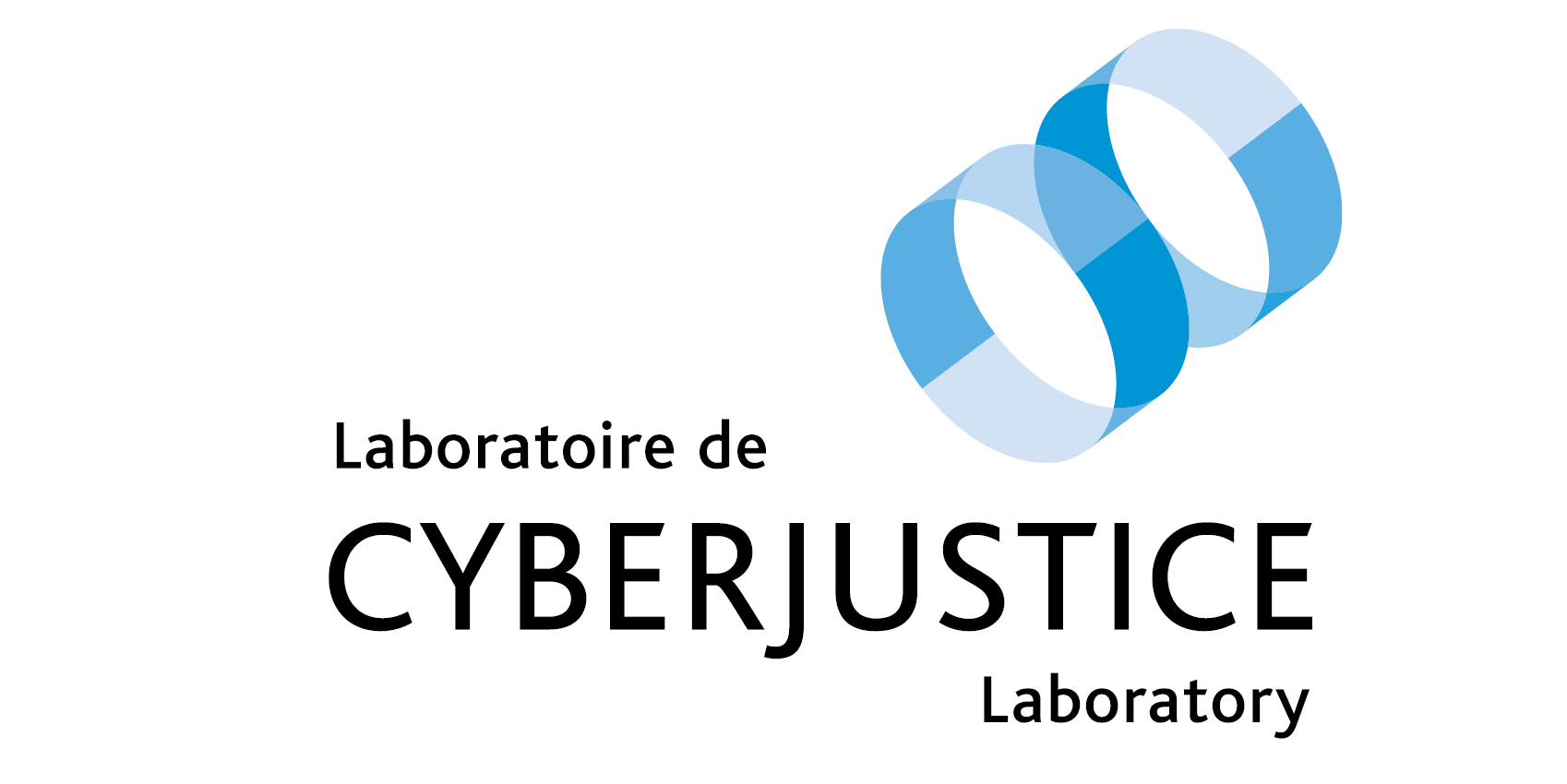Transitional Justice + Cyberjustice = Justice2?
Cambridge University Press Philipp Kastner
3 avril 2017
Un article de Philipp Kastner cite un travail du Laboratoire de Cyberjustice.
The increased use of information and communication technologies arguably represents important opportunities for the field of transitional justice, notably with respect to the optimization of existing mechanisms and the development of new ones. This article focuses on state-based and typically very formal mechanisms, namely international, internationalized and national criminal tribunals as well as truth and reconciliation commissions. These institutions often apply and engage with international law and operate with the involvement or under the close scrutiny of the international community. Moreover, they can be expected to be the first ones to embrace insights from the field of cyberjustice to a significant extent.
Enhancing access to and participation in such mechanisms, rendering them more cost-efficient and facilitating information-sharing would correspond to generally accepted norms relating to both international human rights and justice. However, cyberjustice initiatives may also entrench an already common ‘toolkit approach’ in the field of transitional justice. This article builds on recent critiques of the dominant legalistic and normatively driven transitional justice paradigm and argues that transitional justice + cyberjustice hence risks furthering a technocratic top-down approach that unduly limits creative solutions. By adopting a critical legal-pluralistic approach that conceives individuals as law-creative actors and that is cognizant of the close relationship between means and ends, the article imagines ways of benefiting from the promises of transitional justice + cyberjustice.
Ce contenu a été mis à jour le 25 janvier 2018 à 14 h 18 min.
